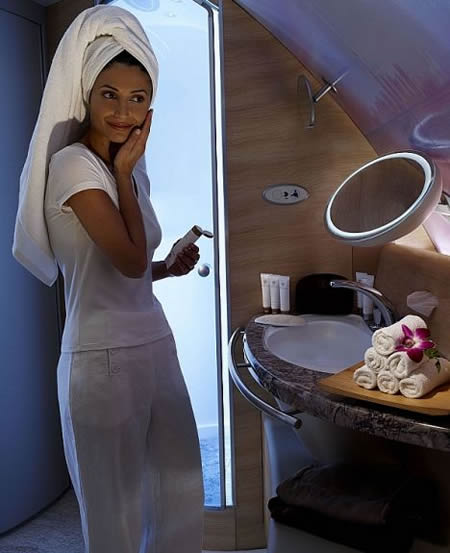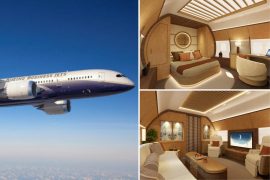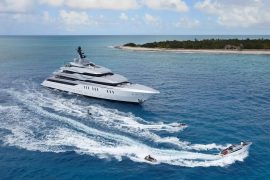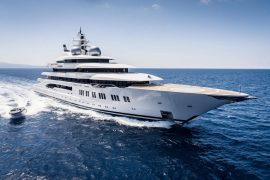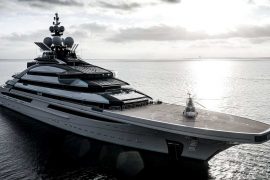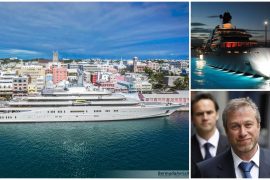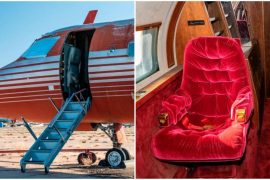The world’s richest people love to splurge on multi-million toys like private jets and massive luxury yachts to show off their wealth, yet no billionaire ever dared to buy an Airbus A380 for private use, except for one – Saudi Prince Alwaleed bin Talal. Back in October 2007, the Saudi Arabian billionaire investor arrived at the Dubai Air Show in his private Boeing 747 to place an order for the first-ever VIP version of the A380 – the world’s largest passenger airplane.
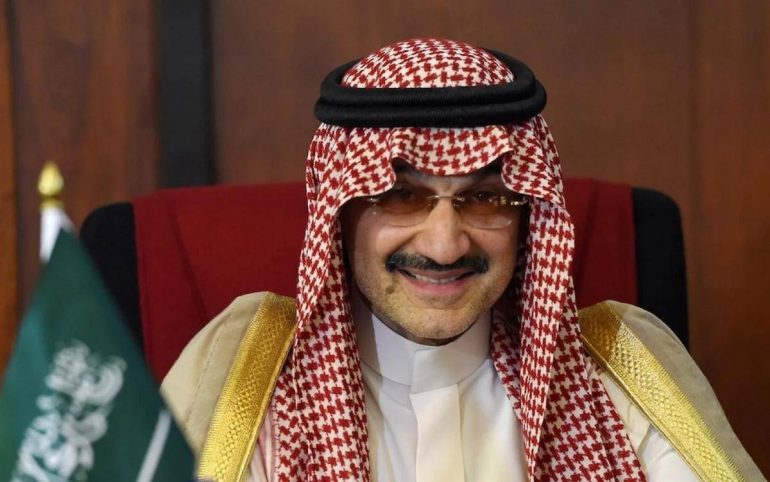
The sale was celebrated by the European aircraft manufacturer as a significant milestone for the company. “Prince Alwaleed’s order means that Airbus’ sales success in the corporate jet market now extends from its smallest aircraft, the A318 Elite, all the way up to its largest, the A380 Flying Palace,” Airbus executive John Leahy had stated in the official press release back then. In fact, Airbus had set lofty goals for itself, expecting to sell 20 private A380s, mostly in the Middle East. Sadly it proved to be a pipedream for not only Airbus but also for one of the richest people on this planet.
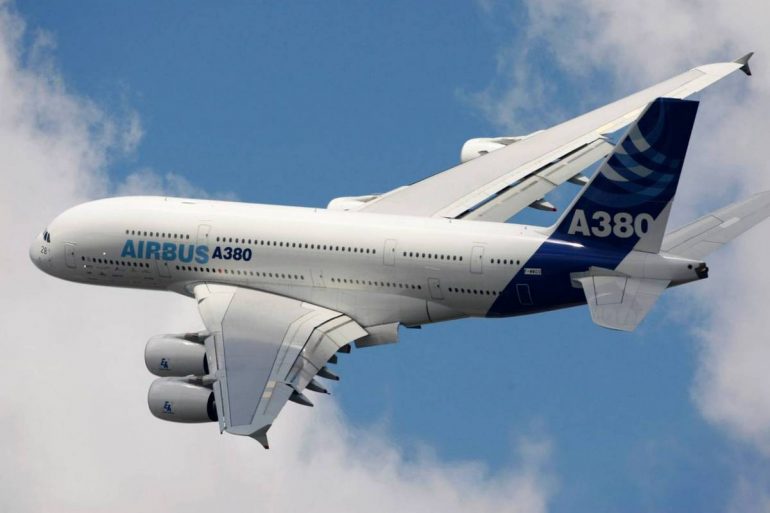
Back in 2007, the Airbus A380 had a base price of around $300 million and several industry sources claimed that the Prince paid as much as $485 million for the flying palace. However, according to a Forbes report, the billionaire had struck a deal with Airbus to purchase a test flight version of the A380: Serial number 002. The report claims that Alwaleed negotiated hard to bring down the price to $130 million, with roughly 50% to be paid in yearly installments after making a $19.5 million down payment. The remaining amount was to be paid upon delivery. The aircraft manufacturer even agreed upon delivering the aircraft “as new,” fitted with brand new engines and systems.
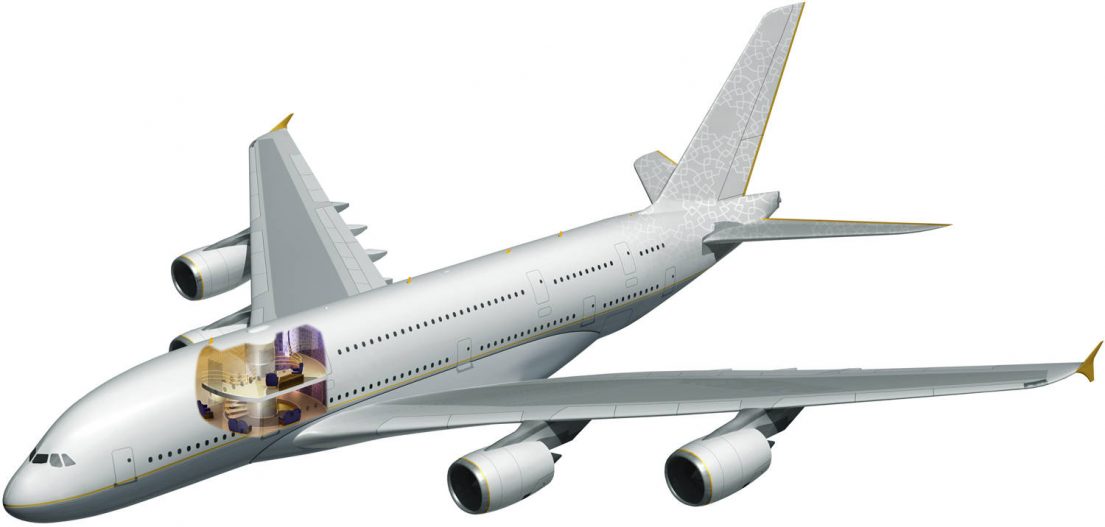
A garage for his Rolls Royce –
Worcestershire-based company Design Q was commissioned to design the interior of Prince Alwaleed’s flying palace. The A380 that was to join the prince’s big collection of private jets, including a modified Boeing 747 and an Airbus 321, was destined to be outfitted with some really wild features and amenities that were previously unheard of.
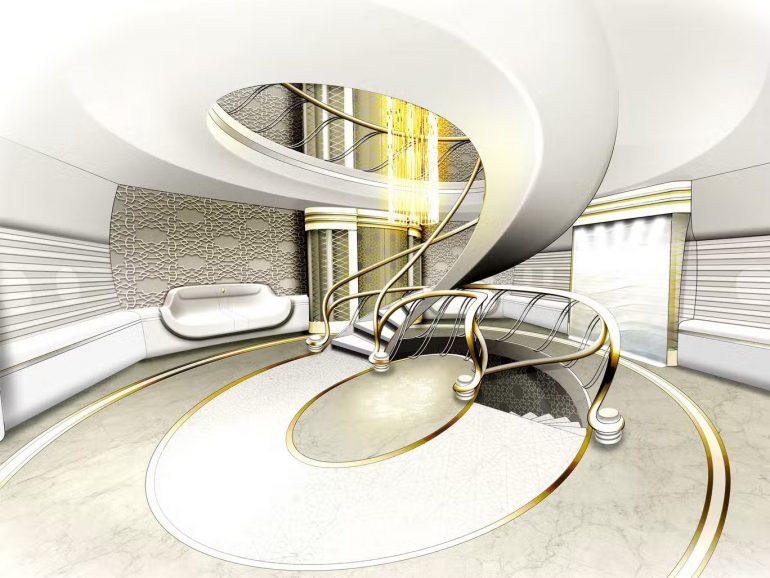
The commercial version of the A380 has enough space on the inside to accommodate more than 800 passengers. However, the VIP A380’s interior plan featured three decks, which included a portion of the cargo deck, all connected by an elevator that could drop to the tarmac. The plan also included an onboard garage to carry Alwaleed’s Rolls-Royce.
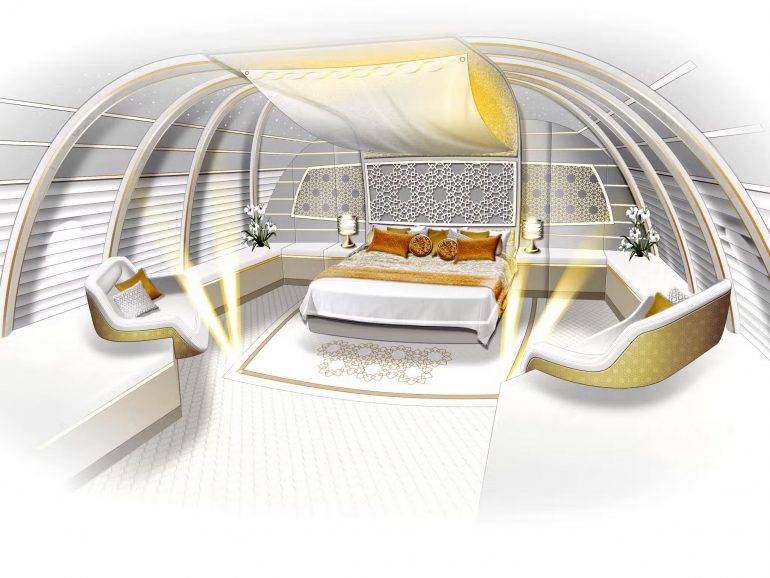
The prince also planned a concert hall
Accommodation for the prince and his guests included 20 VIP suites on the main deck and five large cabins with king-sized beds and bathrooms on the upper deck. The cargo area of the A380 was to be turned into a relaxation zone, which would include a Turkish bath covered in marble only two millimeters thick to keep the weight down.
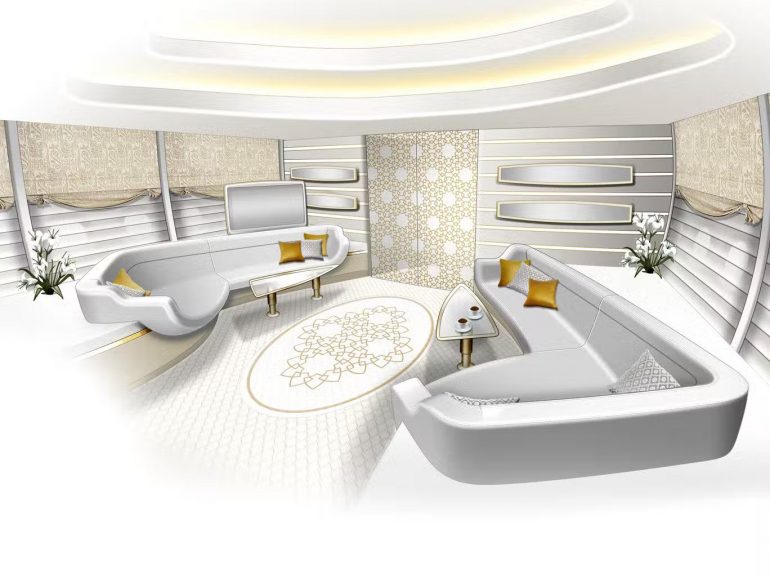
The wellbeing room right next door featured walls and floor made of giant screens that would display a live view of the ground below, offering the illusion of flying like Superman.
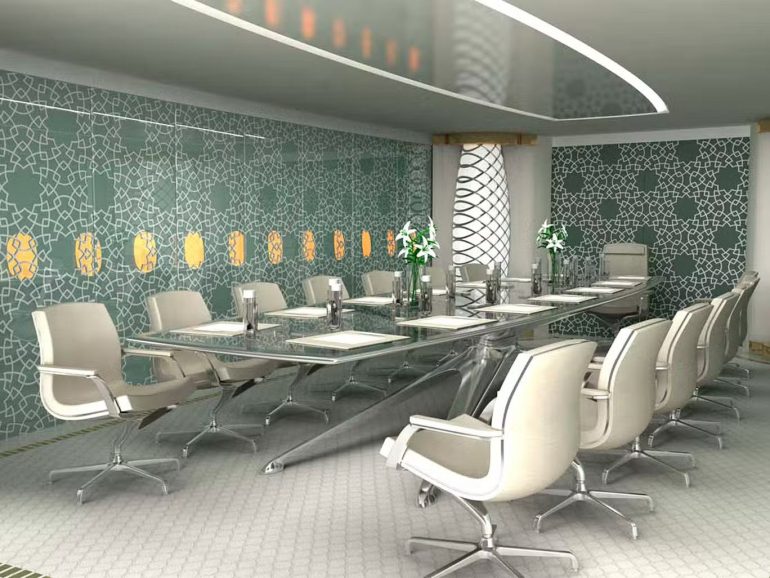
The plans also included a full-size boardroom with a large Perspex table which would double as a huge touchscreen and a concert hall featuring a grand piano, acoustic paneling, and seating for ten people. The grand spiral staircase was another one of its highlights which was touted as the first of its kind.
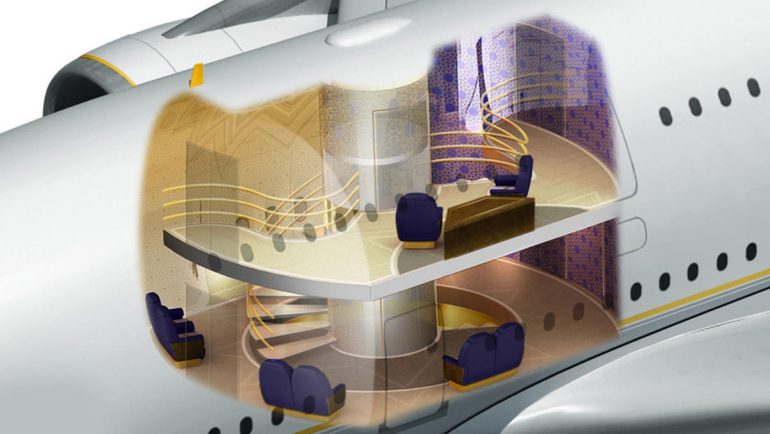
The 2008 financial crisis clipped its wings
Alas, all the awe-inspiring plans proved to be unrealistic and what was supposed to be the biggest and most luxurious private jet in the world never took off. Forbes reports that the 2008-2009 global financial crisis was the beginning of the end of Alwaleed’s A380 Flying Palace.
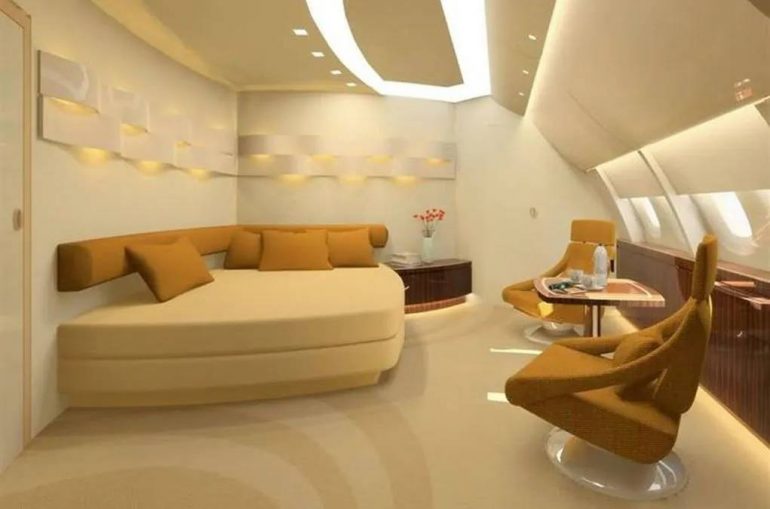
His investment in Citigroup – his core asset back in those days – started to tank in 2007, which forced him to instruct some of his employees to look for buyers for the world’s only A380 private jet. Reportedly, an aircraft leasing company, Chartwell Aviation, was willing to purchase it for $268 million. However, Alwaleed wasn’t interested to sell the aircraft for anything less than $300 million and turned down the offer.
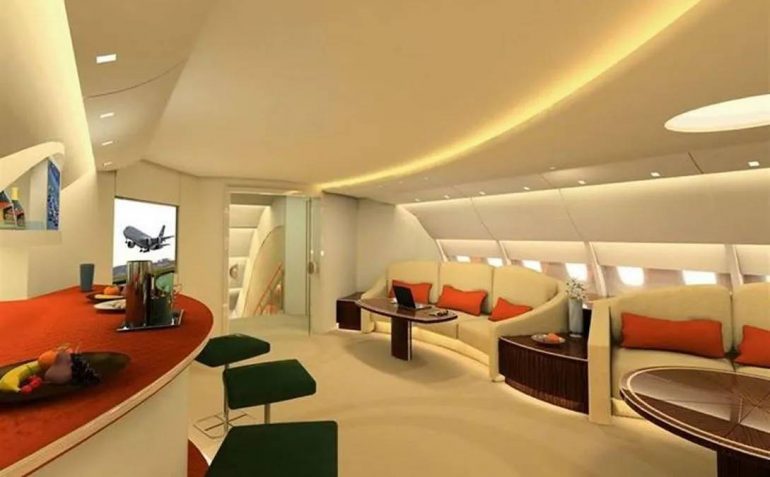
In its report, Forbes also states that the price intended to sell the order at a profit as he had managed to negotiate a good deal in securing the test aircraft. However, the A380 failed to find a buyer for many years and Alwaleed defaulted on several payments to Airbus. But it was more about not desiring the aircraft any more than falling short on funds. In 2013, it was revealed that the A380 had finally been sold to an undisclosed buyer for an undisclosed amount. It’s been almost a decade since the announcement was made but the Superjumbo remains displayed at Toulouse Blagnac in France, according to ch-aviation.com.
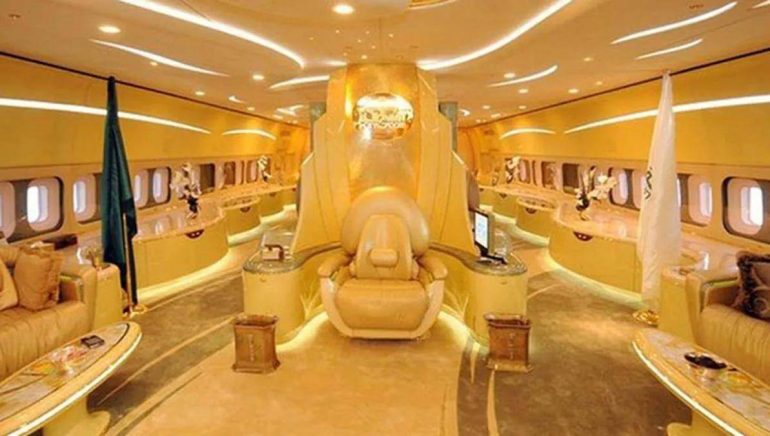
Several media reports suggested that the aircraft was fitted out and prepared for delivery, but Airbus has refuted such claims. Now that A380’s production has stopped and most of its operators are slowly decommissioning the existing fleet, the A380 Flying Palace’s next detitanation seems to be an aircraft boneyard. Truly sad!
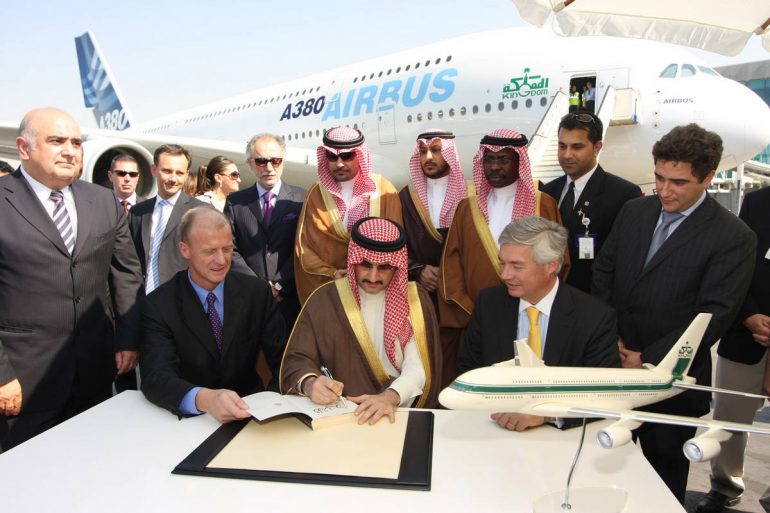
Why an Airbus A380 private jet makes very little sense
The final Airbus A380 rolled off the assembly line last year, bringing a premature end to the story of the world’s largest passenger airliner that was created to challenge the dominance of the Boeing 747 in the long-haul market. The aircraft manufacturer’s original aim was to build at least 1000 examples of the A380; however, 251 units were ever sold and the $25 billion investment made by Airbus was not recouped. One of the biggest reasons for the failure of the A380 is its operating cost. Powered by 4 jet engines, the Superjumbo is a gas guzzler which makes very little commercial sense in the current scenario. The advent of newer, more efficient, and cost-effective wide-body passenger jets like the Airbus A350-900 and the Boeing 777-300ER are now preferred by airline operators. The same reason proved to be the biggest roadblock for Airbus in selling the A380 to private owners.

Furthermore, the A380 is so big that only the biggest airports in the world have the infrastructure to support the world’s largest passenger jet, which seriously limits its movement. While airline companies continue to operate the A380 on routes connecting major global hubs, individuals would require a second private jet to travel to those destinations that are incapable of handling the A380. And most importantly, the Airbus A380 is way too big as a private jet for even the wealthiest people and its imposing size is more of a burden than anything else.


